Shanghai, is called in Chinese “Hu” for short and “Shen” as a nickname. About 6000 years ago, the western part of today’s Shanghai dried up into land and its eastern part became a piece of land about 2000 years ago. During the Spring-Autumn and Warring States Periods (770-221 BC), this area was once the fief of Huang Xie, the Chun Shen Governor of the State of Chu. So, “Shen” comes from the title of the governor. During the Jin Dynasty (4th-5th centuries), fishermen created a fishing tool called “Hu”. By combining the name of the fishing tool and the then term for estuary of big rivers, they coined a Chinese character “Hu Du” to name the place as it sits at the mouth of the Yangtze River, the longest river in China, and later it was shortened as “Hu”.
In the 16th century, Shanghai became he national center of textile handicraft industry. In 1685 .the central government of the Qing Dynasty set up its customs office in Shanghai. In the mid-19th century, the city evolved into a major trading port.
Shanghai is situated at 31°14’ north latitude and 121°29’ east longitude. Bordering on Jiangsu and Zhejiang Provinces in the west, Shanghai is washed by East China Sea on the east and Hangzhou bay on the south. North of the city, the Yangtze River pours into the East China Sea. It also assumes the central location along China’s coastal line. Thanks to its advantageous geographic location, Shanghai become an excellent sea and river port, boasting easy accesses to a vast hinterland.
Throughout the past century, Shanghai has had numerous name tags attached to it; like "Paris of the Orient" and "Pearl of China". Images of Shanghai more than any other Chinese city, are bountiful in the west. A visit here therefore, is naturally tainted to some extent, with a preconception of how the city will be.
As the largest and most prosperous city in the nation, Shanghai is the economic, financial and cultural center of China, while Beijing is the political heart. And this image of Shanghai as a fast and modern metropolis is certainly the one that most visitors take away. Those old preconceptions of Shanghai as the home of crime vice and prostitutes are wiped away, as the city successfully projects an image of itself as young, vibrant and cool.
Shanghai is a modern and fast paced city, rich in history and culture and with a wealth of areas and sites just waiting to be explored. One of the nicest aspects of Shanghai is that the crowds here are much more manageable than in a city like Beijing. This is largely because there are no great ancient sites which people flock to. Rather, this is a city to be walked, wandered, explored and discovered in your own time and, in your own style.
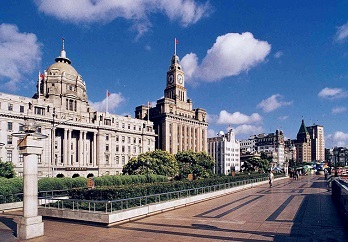
The well-known bund is a must for visitors to Shanghai. Fifty-two buildings are lining along the narrow shoreline of the Huangpu river. They are the combination of Chinese and western architectural styles. They are also a condensation of the recent history of the city.
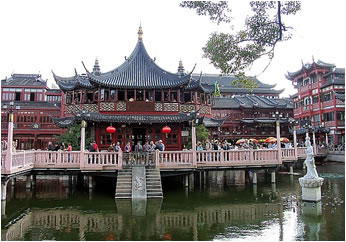
Yuyuan Garden occupies an area of 20,000 square meters (about five acres). However, the small size is not a representative of the attractions of the garden. The pavilions, halls, rockeries, ponds and cloisters all have unique characteristics.
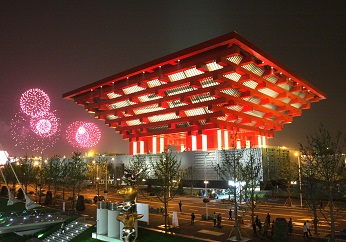
Draped in red cloth, the China Pavilion boosts a diverse range of traditional Chinese elements, including architecture, calligraphy, gardening and urban planning.
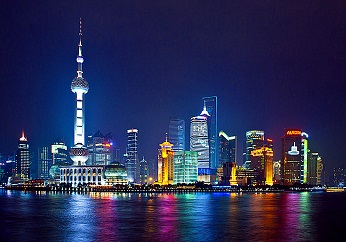
Shanghai Oriental Pearl TV Tower was completed on Oct. 1, 1994. It is 468 m high, being the highest in Asia and the third highest in the world. he Oriental Pearl Tower consists of three main whole-scope sightseeing floors. Tourists can enjoy the dynamic city view of different height. It has become a symbolic architecture and a favorable spot for tourists in Shanghai.
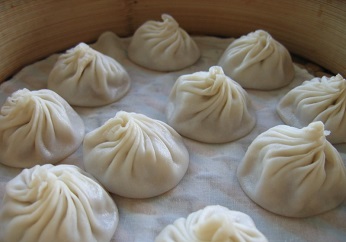
It is a century-old restaurant deserving its famous name of China Time-Honored Brand approved by Department of Commerce in the first batch.“Nanxiang Steamed Bun” has thin cover and rich fillings, being well-shaped, delicious. It is famous for the special “gravy” upon your first bite.
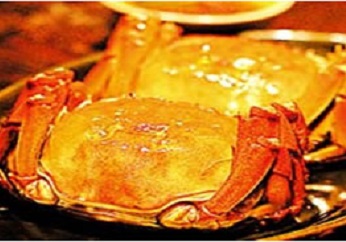
It is a famed Shanghai dish. Chinese mitten crabs, the best type of crabs, are produced in the lakes and rivers on the lower reaches of the Yangtze River. Steamed Chinese Mitten Crabs can preserve the original shape and taste of crabs. A common saying goes: "After eating crab meat, all other dishes are tasteless."
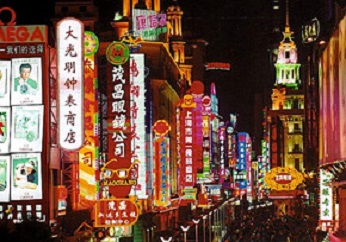
Nanjing Road East, honored as "China's No. l Street", has become an all-weather pedestrian arcade. Shops and restaurants provide products and services with their own characteristics, making it an ideal place that integrates shopping, restaurants, amusement and sightseeing.
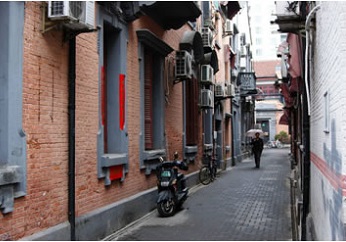
It is a style of housing in Shanghai, which blended features of east and west. In the past up to 80% of the city's population lived in these types of houses, but today the proportion is much lower. Each residence is connected and arranged in straight alleys, with the entrance to each alley, the gate, wrapped by a stylistic stone arch.
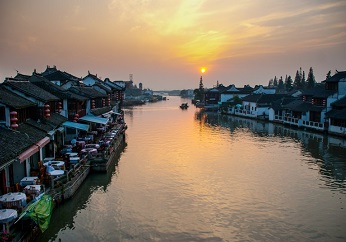
Zhujiajiao is one of the most well preserved water towns near Shanghai. Once there, take a stroll along the quiet streets, checking out temples, monasteries, cafes, and teahouses. For a different perspective, ride the gondola along the canals and see the town from above!


About CICTP
Quick Links
Contact
Tongji University:
Dr. Jian Sun (sunjian@tongji.edu.cn)
COTA:
Dr. Haizhong Wang (Haizhong.Wang@oregonstate.edu), or
Dr. Yu Zhang (yuzhang@usf.edu).